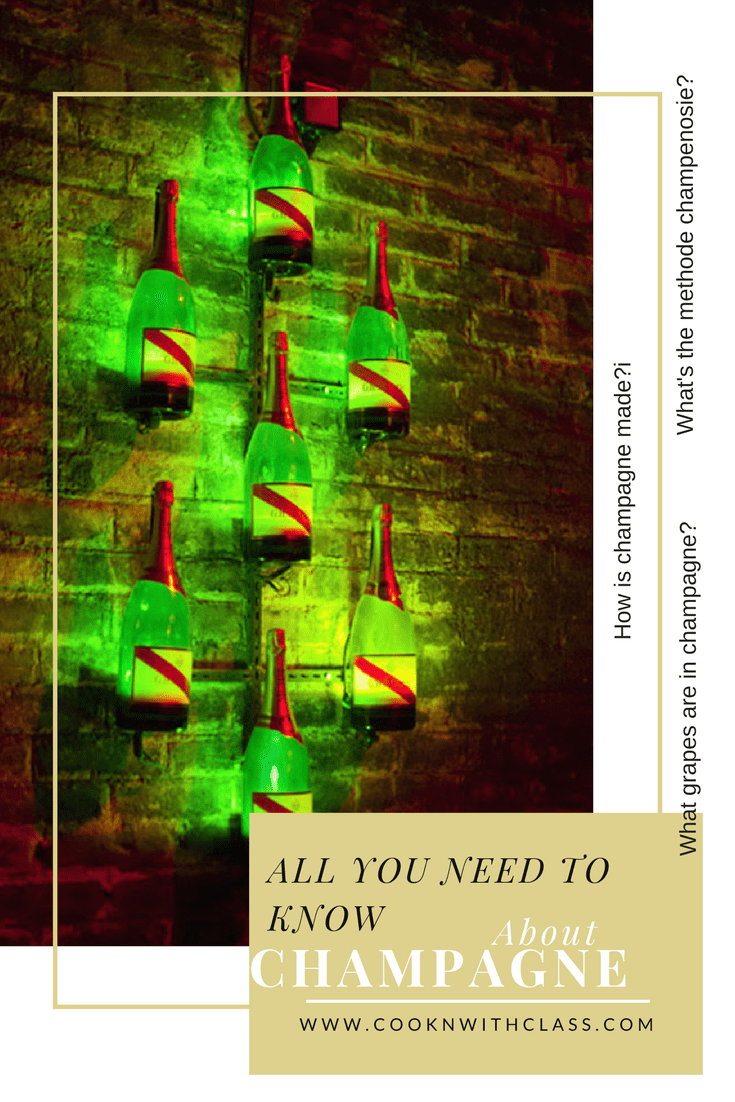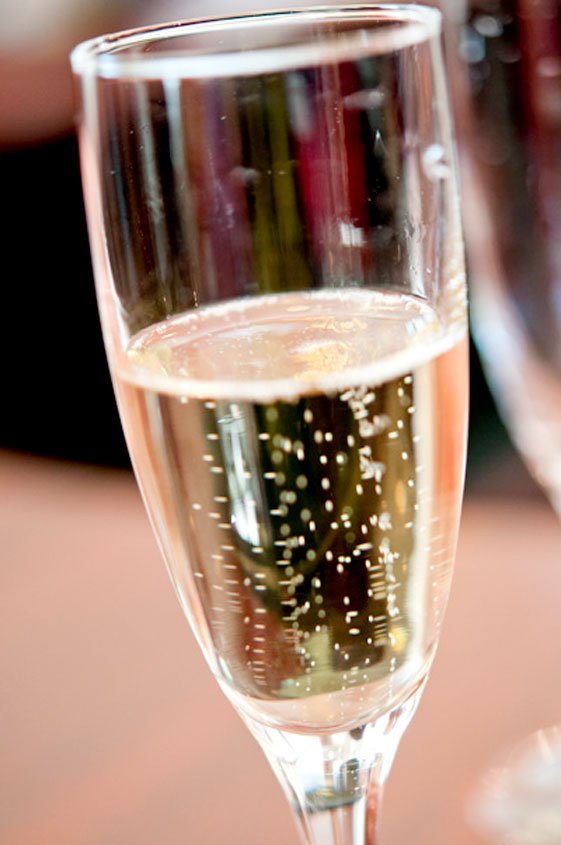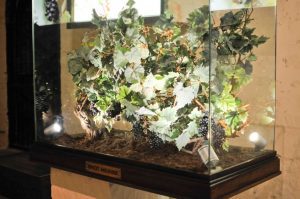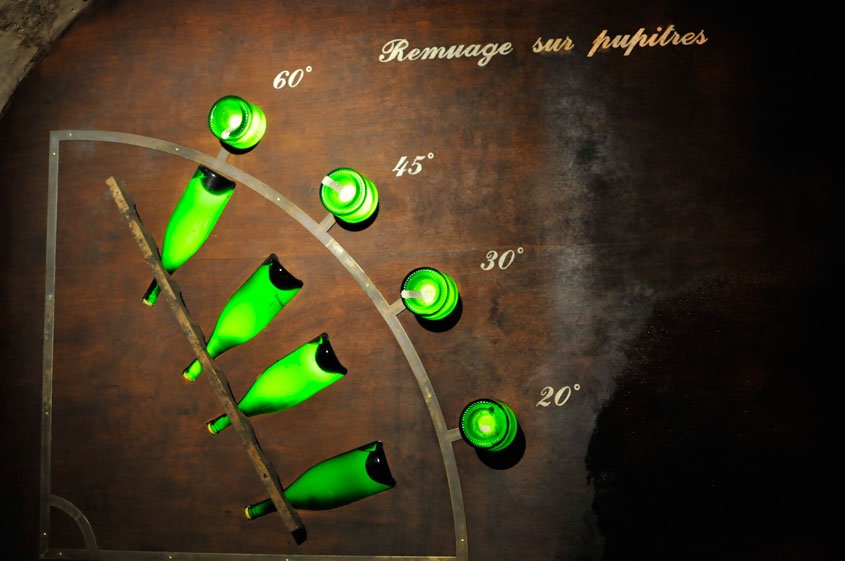
Champagne – Méthode Champenoise – Champagne’s Mystery Uncorked
Updated December 2023
CHAMPAGNE, Or the first-ever sparkling wine produced within a specific territory
Can you call it champagne if it is not from Champagne? What is the méthode champenoise? What grapes are used in making champagne? When do we drink champagne? What’s the big deal anyway? While you might know the answers to some of these, you are likely to learn something new – I did. The Responses to these burning questions are all revealed by our sommelier Frédéric Duverger.
If we are to believe this published document dating from October 23rd 522 AD (the 1st recorded mention of “champagne” on Egyptian papyrus), the secondary fermentation, which causes the “bubbles”, is listed among the factors that make wines unfit for sales, in other words, champagne was considered as flawed!!! Mon Dieu! What were those Egyptians thinking?
Thankfully, humanity has long since seen the error of its ways and a lot has changed since then. Toutes les occasions sont bonnes! Get a new Job: champagne, get married: champagne, win the Formula One Grand Prix: champagne, celebrate anything in the world: champagne! Frankly any real champagne lover will find any excuse to bring out the bubbles. Call me Bubbles!
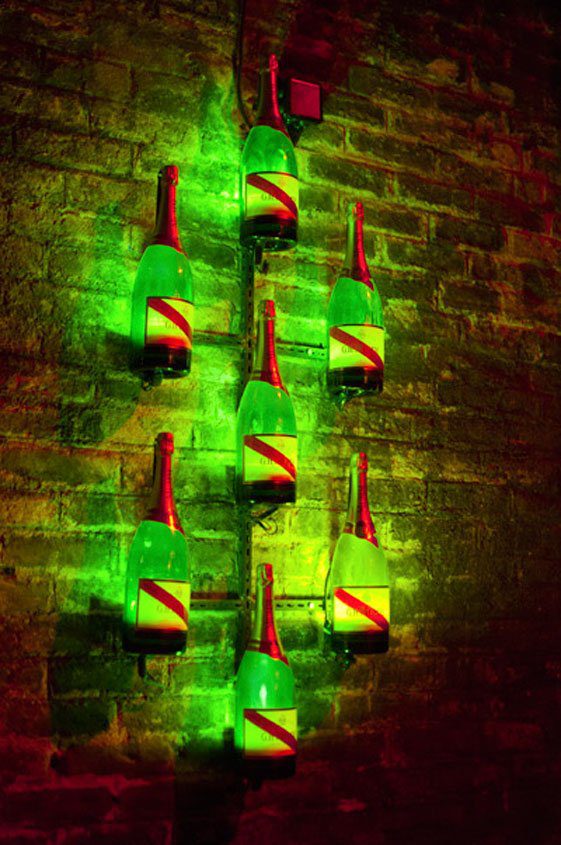
Champagne is always a good idea
This year alone I could think of a number of great excuses for this effervescent liquid libation. A special thought this year to one key occasion that will be celebrated with champagne: 10 years of Cook’n With Class and Eric’s and Yetunde’s wedding anniversary . . .
But it must be champagne from Champagne, not any kind of internationally produced sparkling wine pretending to be champagne using the “Méthode Champenoise”.
During our Food & Wine or Cheese & Wine pairing classes during a culinary tour, I like to quiz the champagne lovers in the group and test their knowledge of not only the method but also the grapes. Do you know what three grapes are in champagne? The answer is Chardonnay, Pinot Noir & Pinot Meunier. Of course there are pure Chardonnay champagnes, which we call the Blanc de Blanc – a certain celebrants favorite in fact.
But what is méthode champenoise: It is quite a complex system which I will try to summarize for you here:
Development of the cuvée or base wine
1st Step: Harvesting grapes manually
2nd Step: Pressing grapes into juice:
This operation is generally carried out by means of vertical presses. The volume of juice collected is 100 liters for 150 kilos of grapes
3rd Step: First Fermentation
This step takes place at low temperature after a slight settling to obtain wine
4th Step: The blending of cuvées
The cuvées (the batches of wine), are then elaborated assembling wines from the same terroir, crus…and wines from different years prior, called “vin de réserve”.
The final blend determines the quality of the final champagne and the type of champagne according to each “Brand” or winemaker.
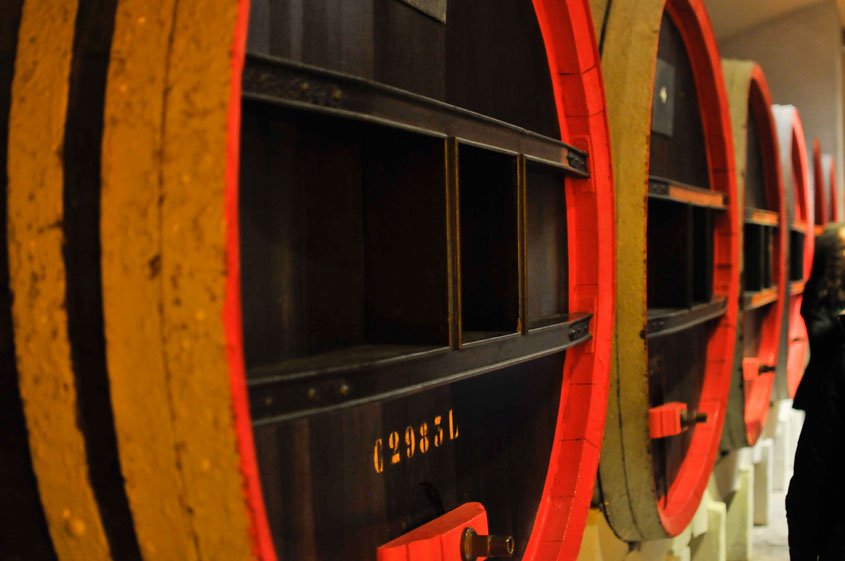
5th step: Foaming
When the still wine is done, it is filtered and clarified. Then begins what will become the second fermentation.
Liquor is made with still wine and sugar added to it. It takes only 4 grams of sugar per liter to obtain a pressure of 1kg per cm2, or an atmosphere in the bottle. Then yeast is added to the liquor, and 3/4cl of this liquor is added to the wine, and the bottle is corked with a crown cap, and the fermentation starts again, creating the bubbles, the “mousse”. This 2nd fermentation last about 2 months.
6th Step: Remuage
Then the bottles stay laying for about 8 months and then starts the elimination of the lees (dead yeast) by “Remuage” which is the operation of placing on desks with the neck tilted downwards. The manipulation consists of making 1/8th of a turn in one direction and tilting it more and more towards the vertical so that the lees all concentrate in the neck.
7th Step: Disgorging.
This manipulation aims at expelling the deposit constituted by the dead yeasts. The neck of the bottle is immersed in brine at -20 / -30 ° C. The icicle that forms traps the deposit, and the whole is ejected when opening the bottle.
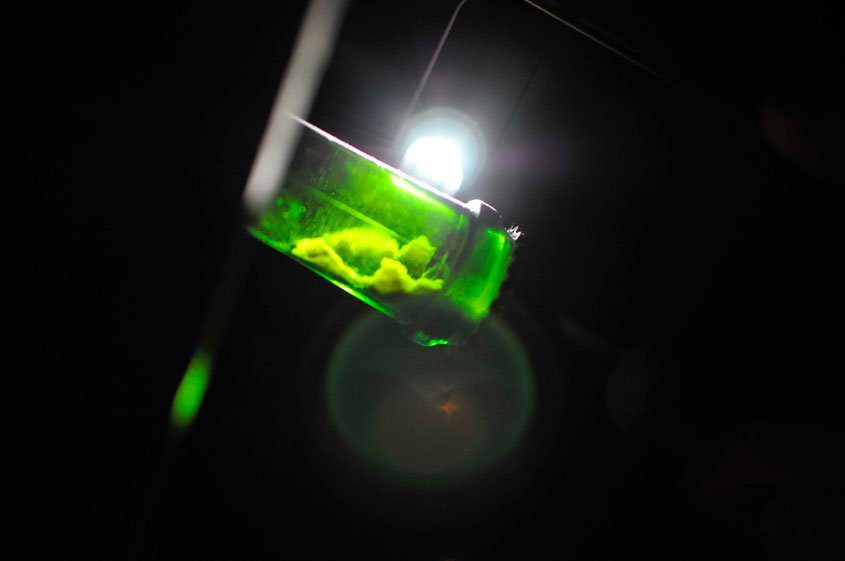
Final Step: The dosage.
To balance the high acidity of the wine and its CO2, dosage (wine and sugar) is added to the champagne, which determines the kind of champagne you get at the end:
- Doux more than 50 grams of sugar per liter
- Demi-sec 32-50 grams of sugar per liter
- Sec 17-32 grams of sugar per liter
- Extra dry 12-17 grams of sugar per liter
- Brut than 12 grams of sugar per liter
- Extra brut 0-6 grams of sugar per liter
Congratulations you’re an expert now on methode champenoise
So now that you are an expert in Méthode Champenoise, make sure to try other great sparkling wines that we produce in France like the Crémant from Loire, Burgundy, Bordeaux, Alsace… also the Clairette de Die, or the new wave of “Petillant Naturel”, affectionately called Pet’Nat.
In terms of choice, always try to go for a method champenoise for your sparkling wines, or second fermentation in bottle process, instead of the added gas version… which is always tasteless.
There are many different sparkling wines all over the world, very well known that are trying to give champagne a run for its money. Like the ever popular Italian Prosecco (some are quite good actually). But if buy champagne, make sure you get real champagne, from France, and from Champagne region only!!!
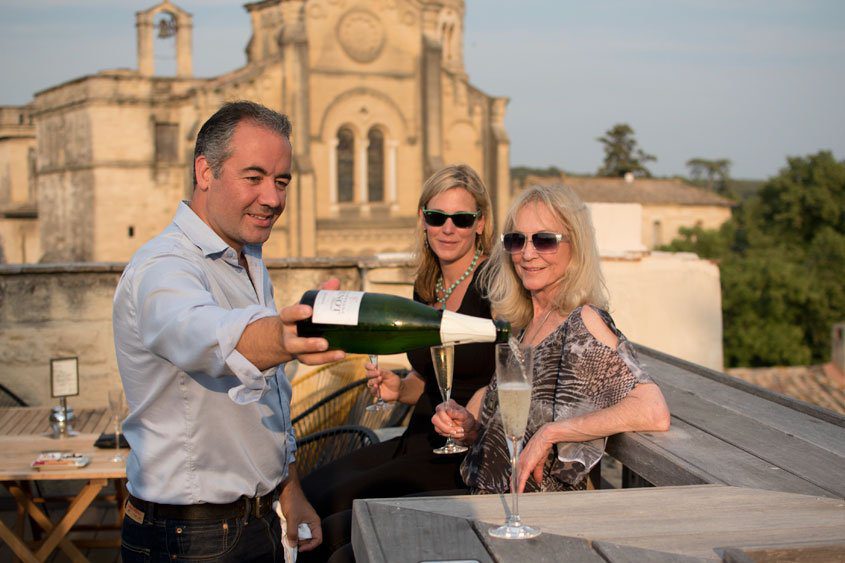
Cheers!
For more great tips on food & wine, join our a culinary tour in France, Spain, Paris or Georgia for more insights into culinary specialties and plenty of wine!
